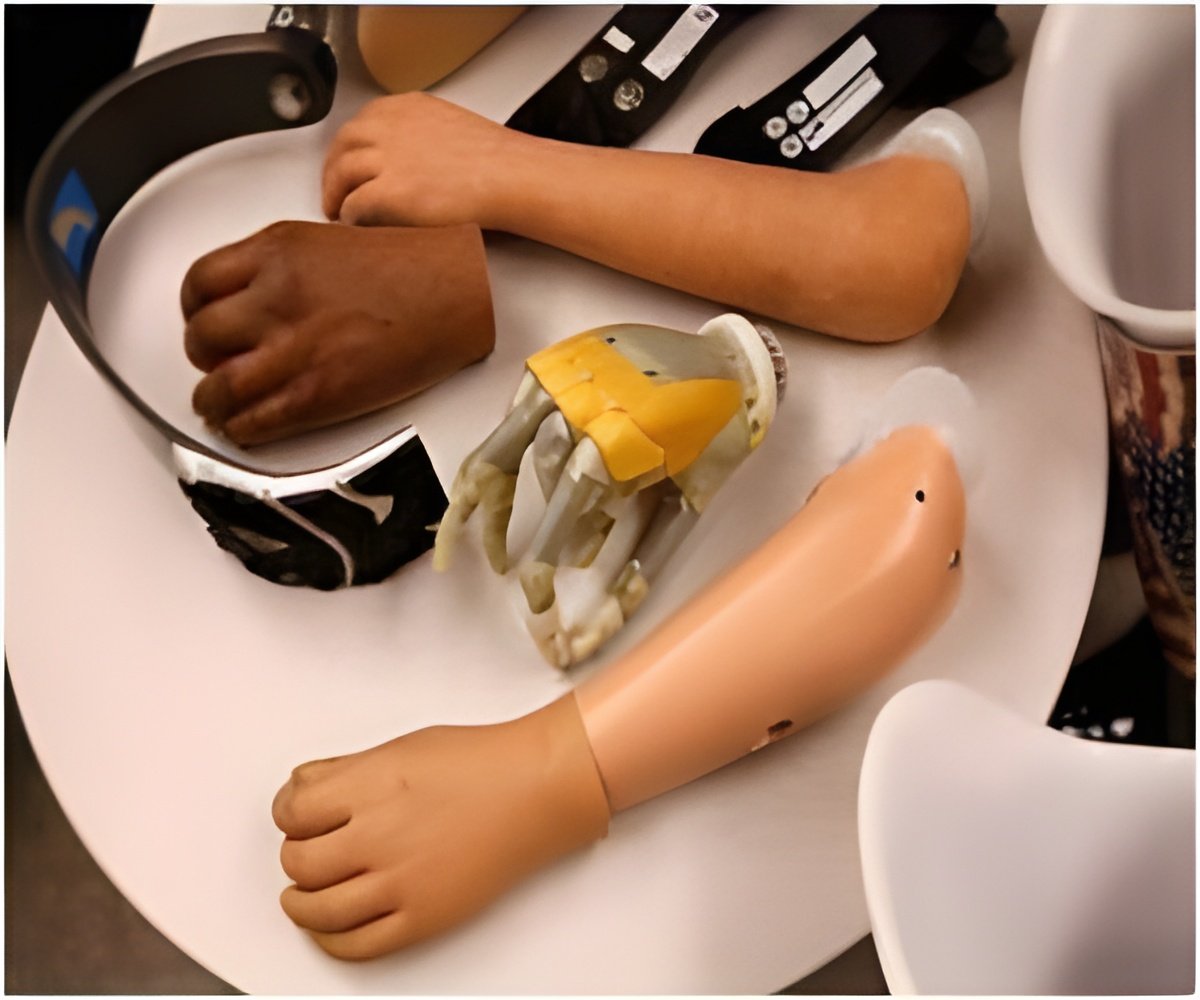
In 2008, a German athlete set Paralympic world records in long jump and sprint competitions using this multifunctional material.
German athlete Wojtek Czyz, running with a space-tech enhanced prosthetic leg, set a new world record at the Paralympics 2008 in Beijing, reaching an amazing 6.50 m and beating the previous world record by 27 cm.
In spring 2004, ESA's Technology Transfer Programme (TTP) technology broker MST Aerospace met with Wojtek Czyz and his trainer to perform a pre-screening of the most crucial elements of the prosthesis used by Czyz.
"The objective was to see how to improve his performance, and we found the most important problem was related to a connection angle, the so-called L-bracket, between the knee joint and the foot module," explained Dr Werner Dupont, MST Aerospace Managing Director.
"In collaboration with the German company ISATEC, we developed a new L-bracket using materials originating from the Alpha Magnetic Spectrometer (AMS), an instrument that will be mounted on the International Space Station to study extraterrestrial anti-matter, matter and missing matter," he said.
Advertisement
At the previous Paralympics Games in Athens Czyz competed with a space-tech enhanced prosthetic leg and won a gold medal in three disciplines: 100 m sprint, 200 m sprint and long jump.
Advertisement
For the long jump discipline, the previous design consisting of an L-bracket and a foot module was proven to be the most efficient.
"We first started working on improving the prosthesis for the sprint discipline, and then further improved the long jump prosthesis as well," said Dupont.
"This latest development turned out to be a great success at the Paralympics 2008, and helped Wojtek Czyz beat the world record by an incredible 27 cm.
"The use of lighter and extremely strong space materials in the development of new prostheses for top athletes has proven its worth both in Athens in 2004 and now again in Beijing in 2008. The next step, which we are already looking into with our partners, is to use this expertise for similar developments of prostheses for other disabled people," he added.
Source-ANI









